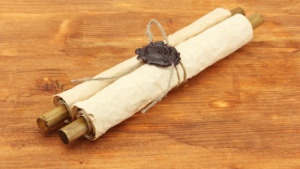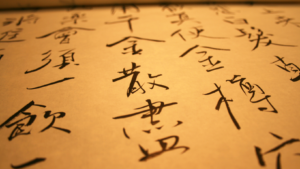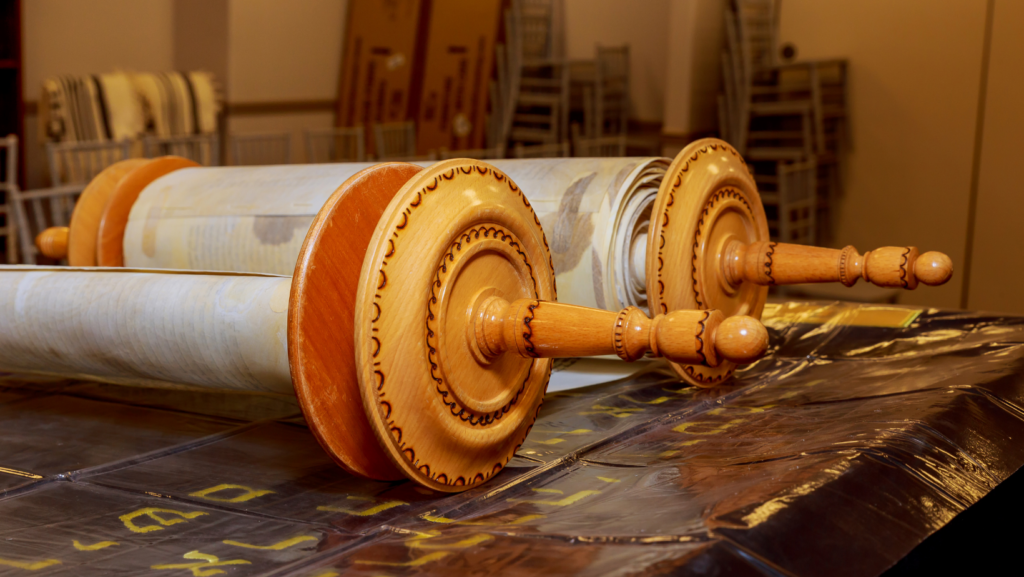Japanese scroll art, a captivating blend of tradition and elegance, has long enchanted art enthusiasts around the world. These scrolls, known as “kakemono” or “emakimono,” are more than mere decorative pieces; they are windows into Japan’s rich cultural heritage. With their intricate brushwork and harmonious compositions, scrolls have been used for centuries to convey stories, religious teachings, and seasonal landscapes.
The art of creating these scrolls is a meticulous process that combines calligraphy, painting, and poetry. Each scroll tells a unique story, capturing the essence of Japanese aesthetics and philosophy. From the serene landscapes of the Edo period to the vibrant narratives of the Heian era, Japanese scroll art offers a glimpse into the country’s artistic evolution.
Japanese Scroll Art

Japanese scroll art, a prominent cultural artifact, dates back to Japan’s early historical periods. It began in the Nara period (710-794 AD), influenced by Chinese scrolls brought by Buddhist monks. These scrolls primarily served religious purposes, depicting Buddhist teachings and narratives.
The Heian period (794-1185 AD) saw the transformation of scroll art into “emakimono” or picture scrolls. This era introduced secular themes, blending text with images to tell elaborate stories. Notable examples include “The Tale of Genji” and “The Illustrated Scroll of the Bamboo Cutter,” showcasing the era’s sophistication and elegance.
Characteristics Of Japanese Scroll Art
Japanese scroll art, or “kakemono” and “emakimono,” exhibits distinct features that showcase its cultural depth and artistic innovation. The art form uniquely integrates materials, techniques, themes, and symbols.
Materials And Techniques
Crafting Japanese scroll art involves premium materials and refined techniques. Artisans use silk and paper for the scroll surface, selected for their texture and absorbency, ensuring durability and vibrant color retention. Traditional sumi ink and natural pigments form the color palette, known for their rich tones and longevity. A skilled brushwork technique achieves fluid, expressive lines, enabling precise calligraphy and intricate painting. To mount these artworks, artisans rely on silk brocade and wooden rollers, providing structural support and aesthetic enhancement.
Themes And Symbols
Scroll art in Japan embodies diverse themes, which reflect its historical and cultural richness. Nature and landscape motifs are prevalent, symbolizing harmony and the transient beauty of life. Seasonal changes often represent impermanence, a core element in Japanese philosophy. Common subjects include mythological beings and historical figures, conveying tales of valor and moral lessons. Scrolls often feature Zen Buddhist symbols, such as the enso (circle), reflecting spiritual contemplation and enlightenment. Each element thoughtfully contributes to an overarching narrative, making the artwork a conduit for storytelling and philosophical expression.
Influence Of Japanese Scroll Art On Modern Art

Japanese scroll art significantly impacts contemporary art by offering a unique aesthetic and philosophical foundation. Artists worldwide incorporate elements such as minimalism and narrative depth into their works. For example, scroll art’s focus on harmony with nature inspires modern landscape and abstract artists. Its emphasis on simplicity and space influences minimalist art movements that prioritize essential forms over elaborate detail.
Traditional techniques like the use of brushstrokes and natural pigments enrich modern artistic practices. Calligraphy integrated into scrolls informs contemporary typography and graphic design, leading to innovative visual storytelling methods. In addition, scroll art’s representation of mythical and historical narratives inspires contemporary storytelling in visual media, including animated films and graphic novels, which often mirror scroll art’s sequential storytelling approach.
Collecting And Preserving Japanese Scroll Art
Collecting and preserving Japanese scroll art requires understanding both artistic significance and proper handling techniques. Maintaining provenance and ensuring longevity are key to appreciating this cultural treasure.
 Tips For Collectors
Tips For Collectors
- Research Authenticity: Collectors should verify the provenance of scrolls and consult experts to understand an artwork’s historical relevance and origin. Genuine pieces often include certificates of authenticity.
- Assess Condition: Evaluate the scrolls for damage like creases, mold, or water stains. Quality preservation ensures value and integrity.
- Consider Valuation: Engaging in appraisals provides insights into market value. A well-documented history enhances a scroll’s worth and desirability.
- Storage Solutions: Store scrolls in a climate-controlled environment. Avoid direct sunlight or humidity to prevent deterioration.



